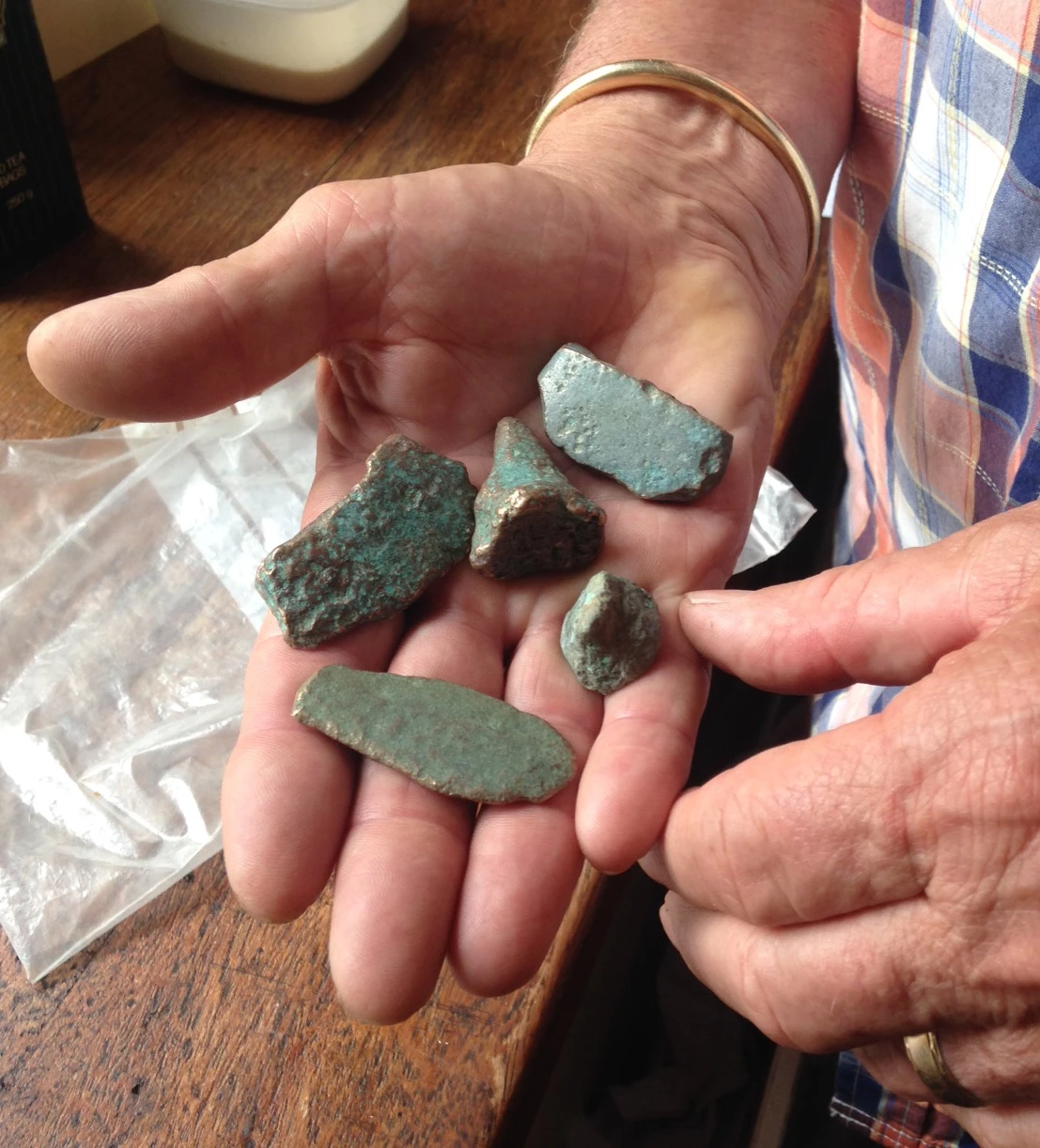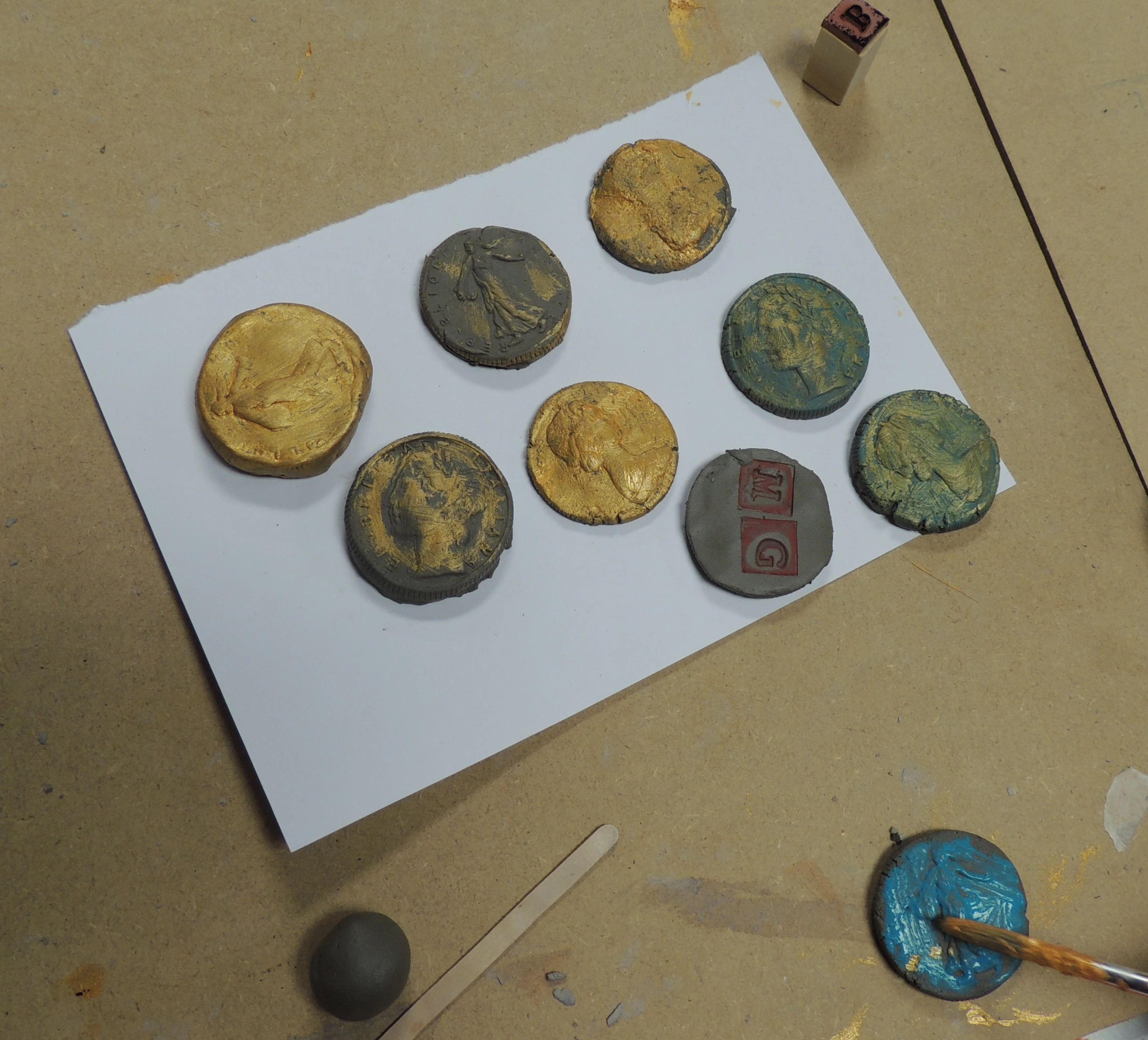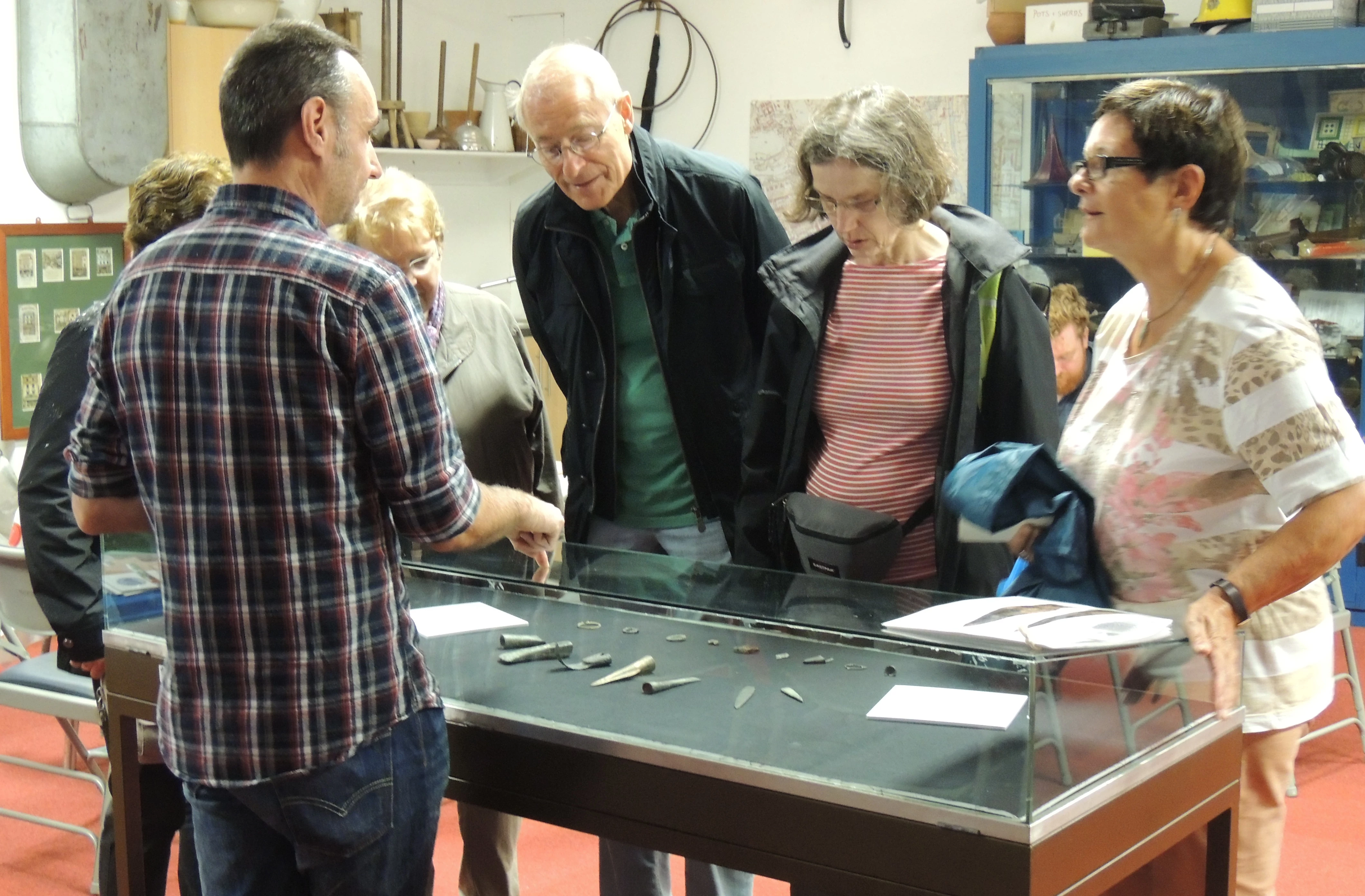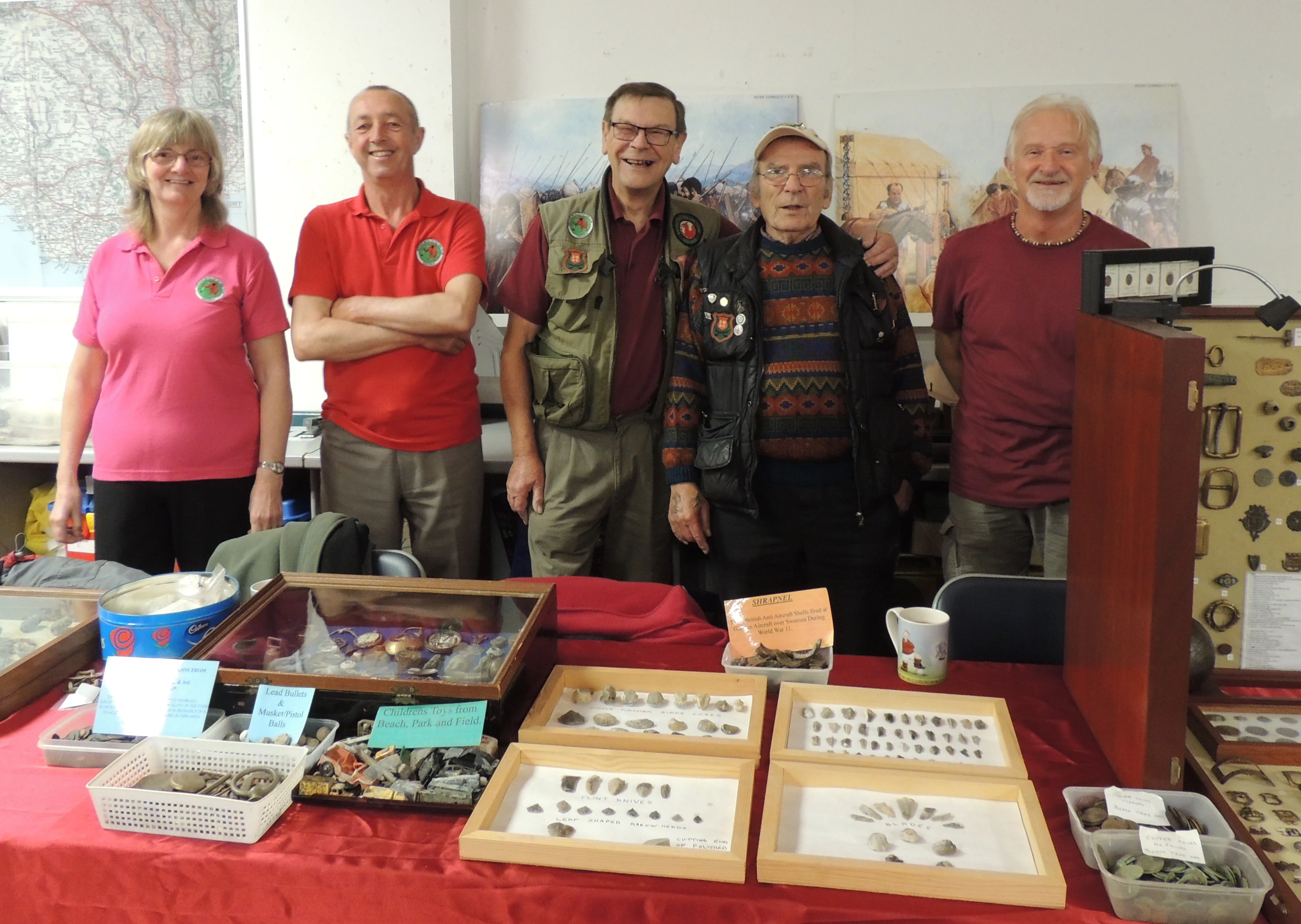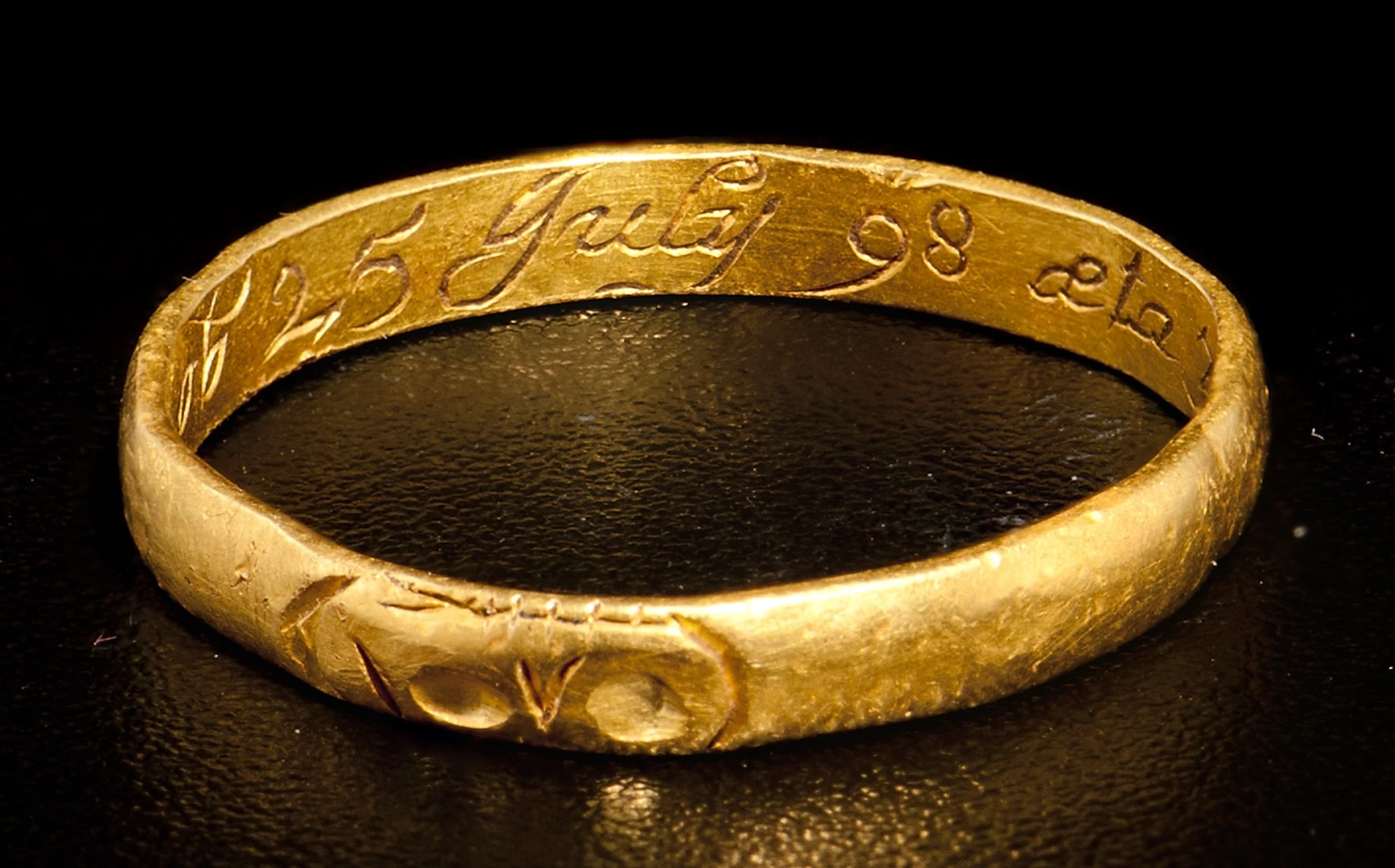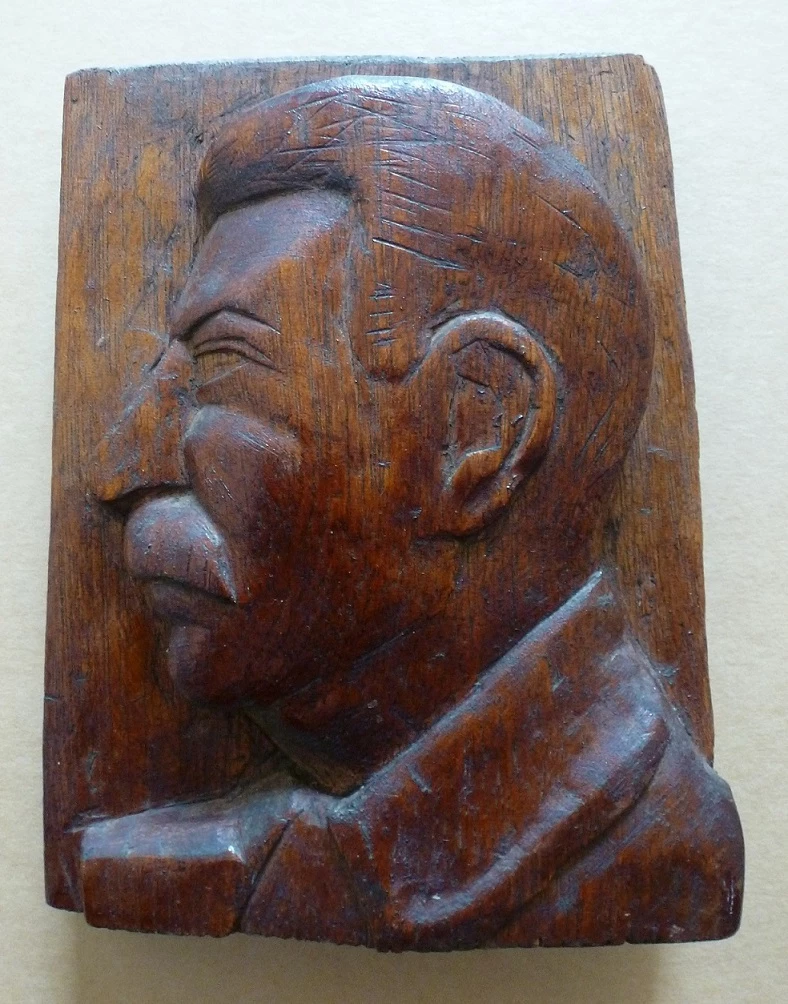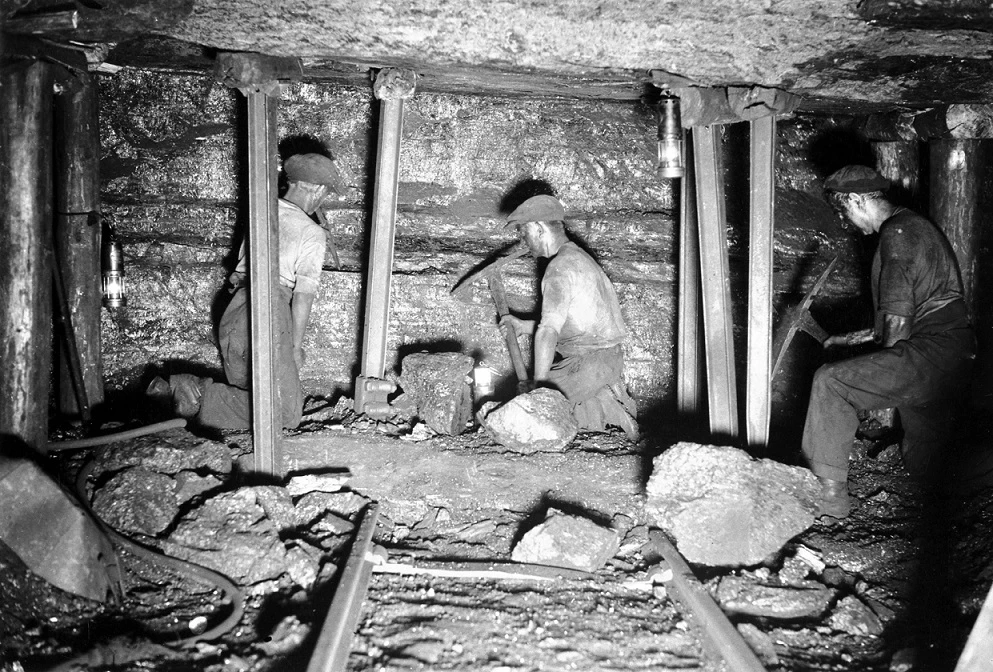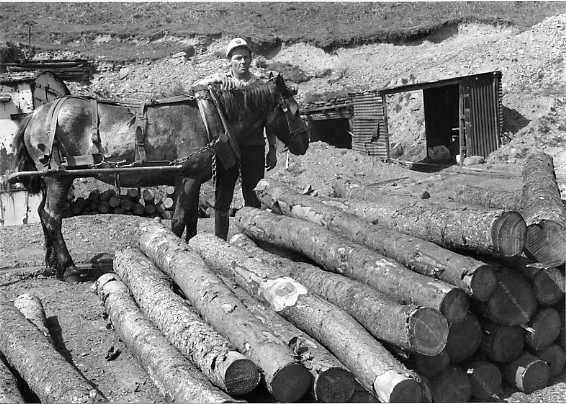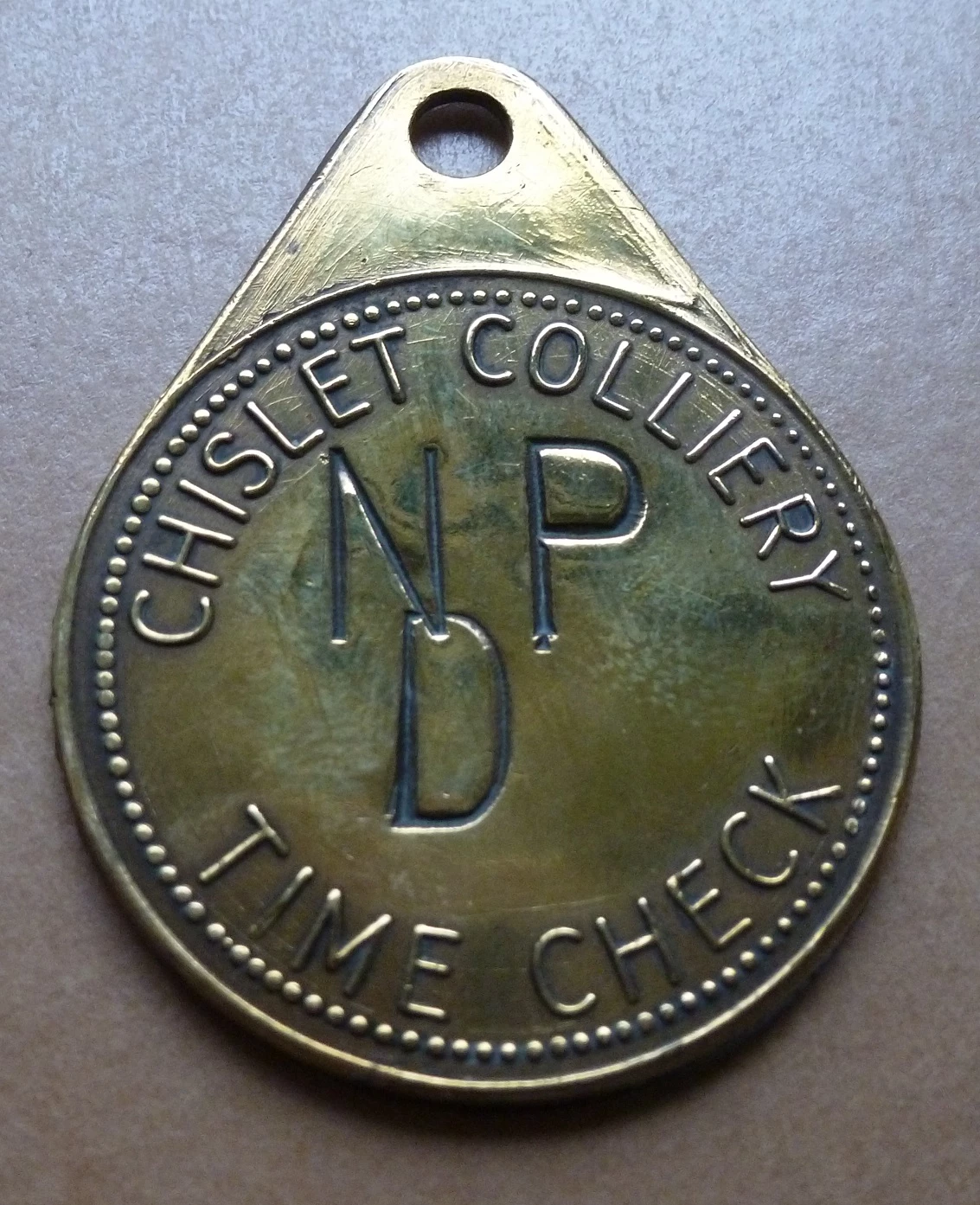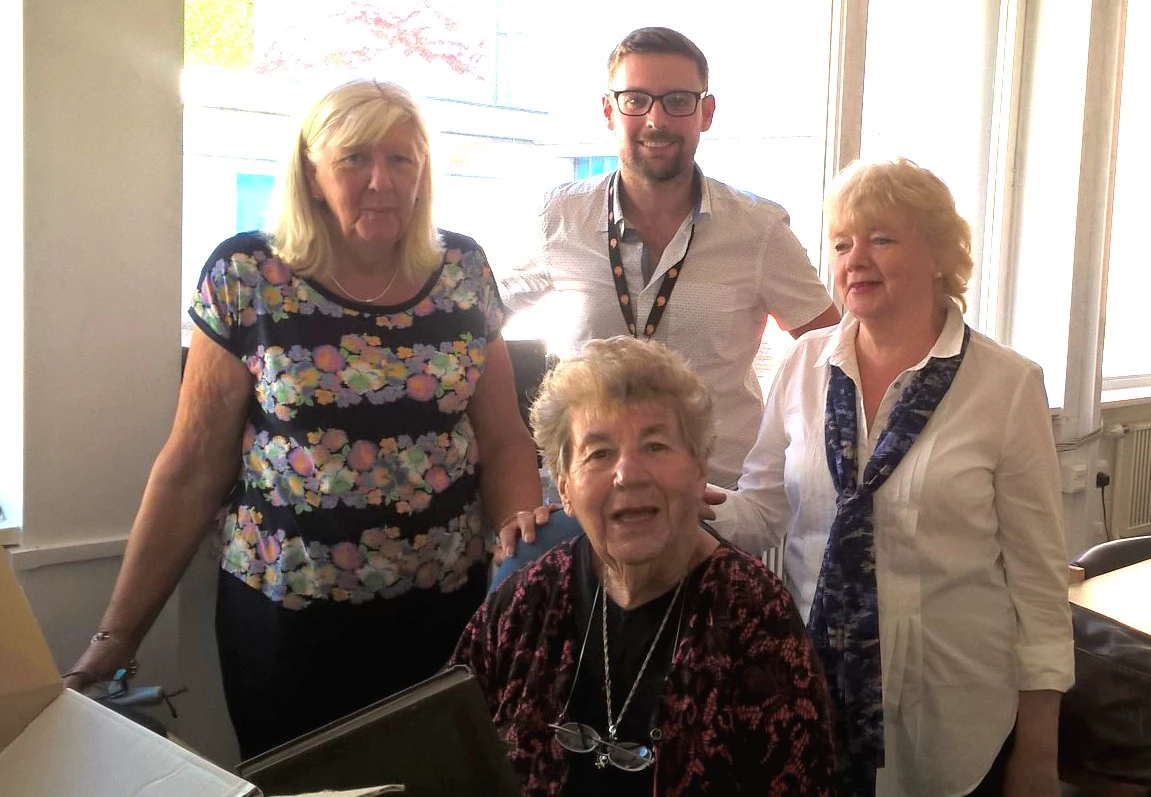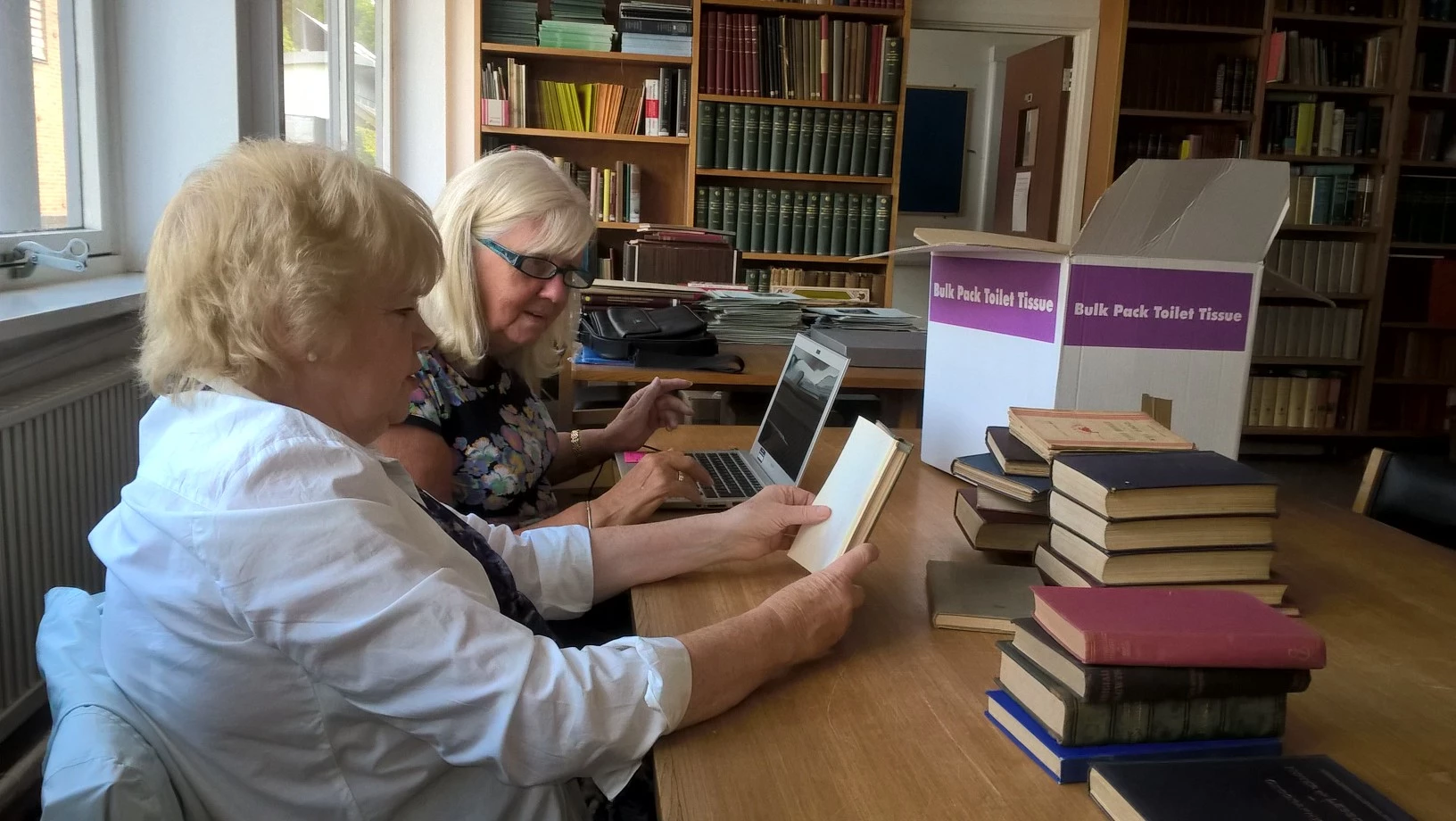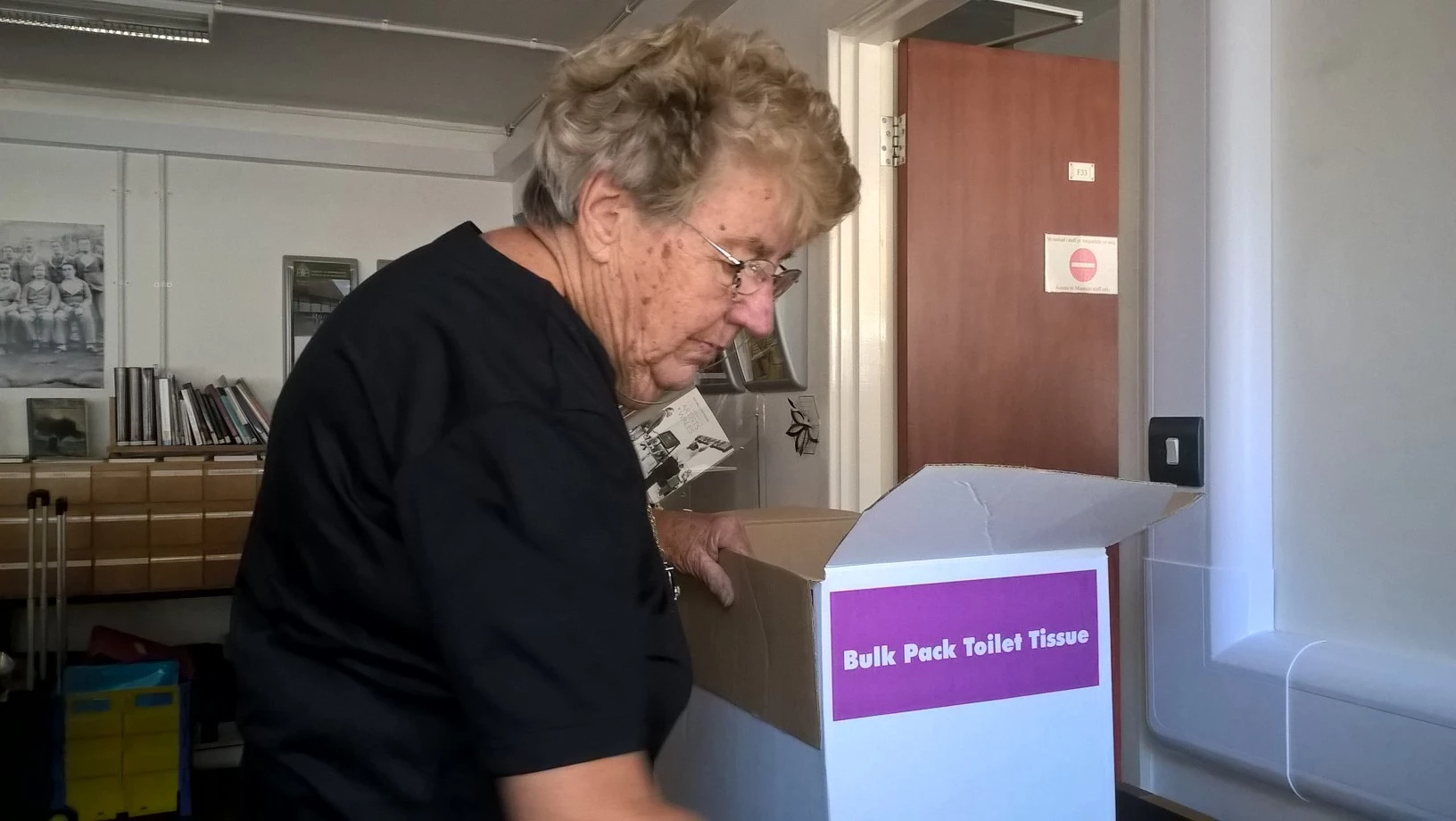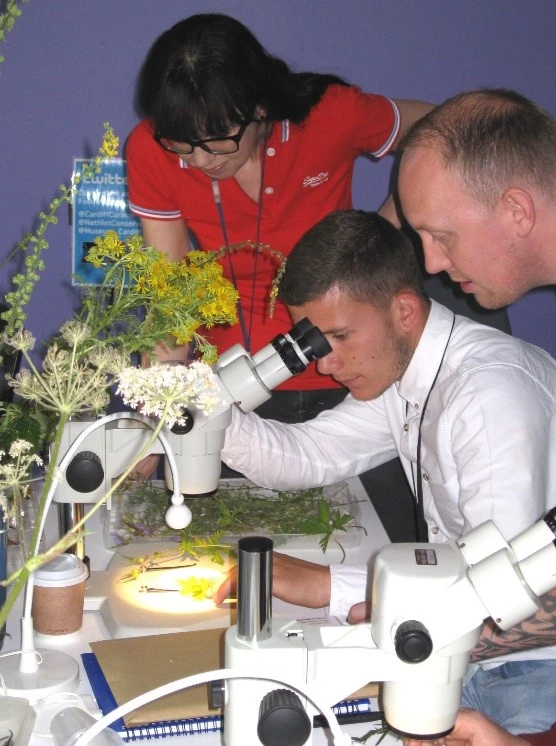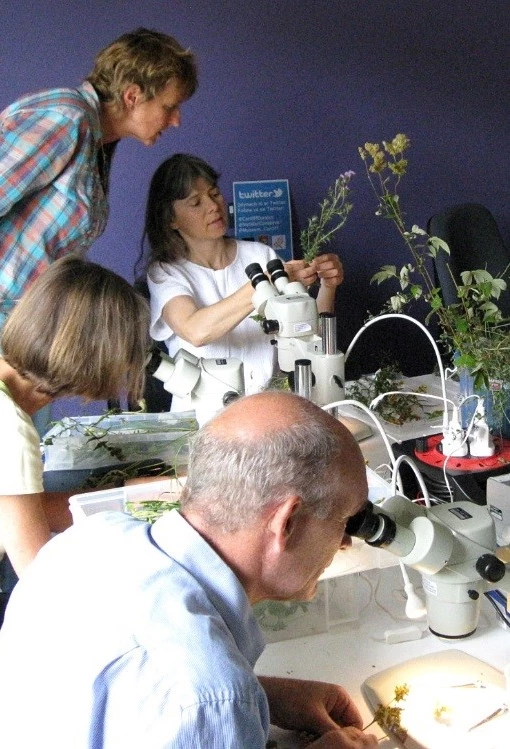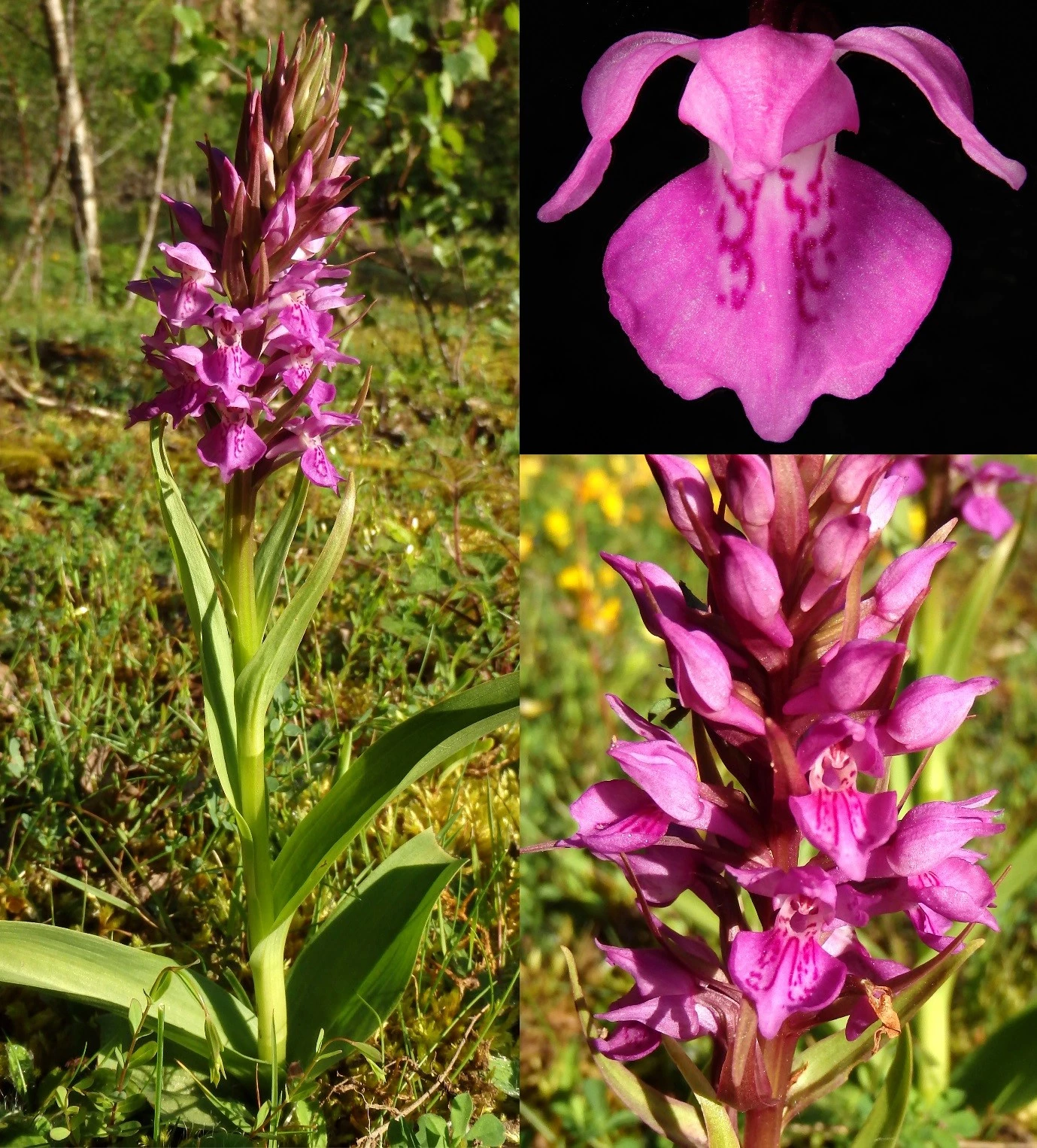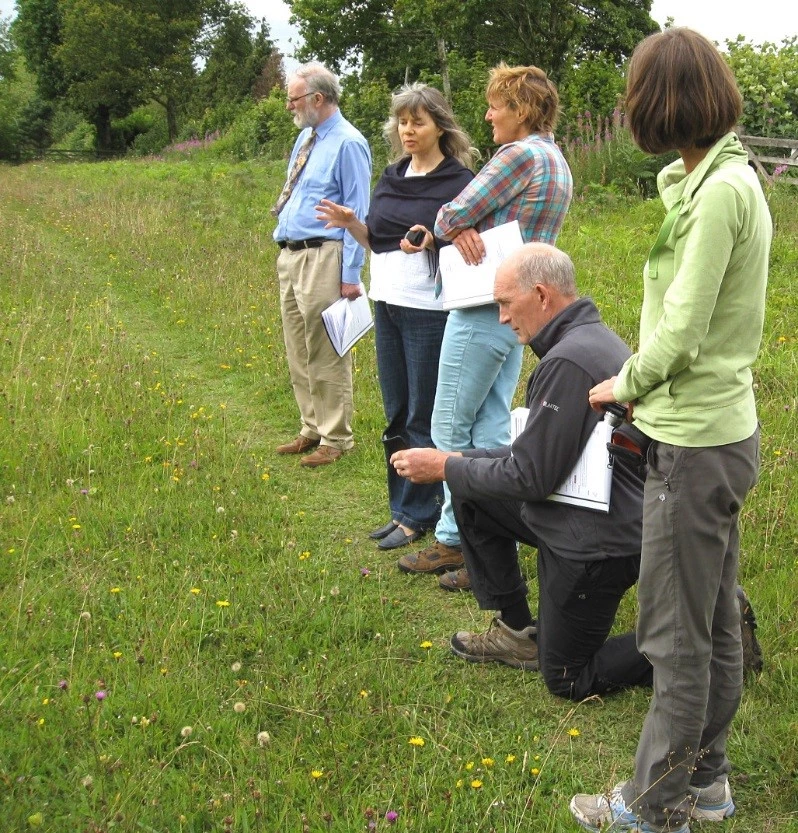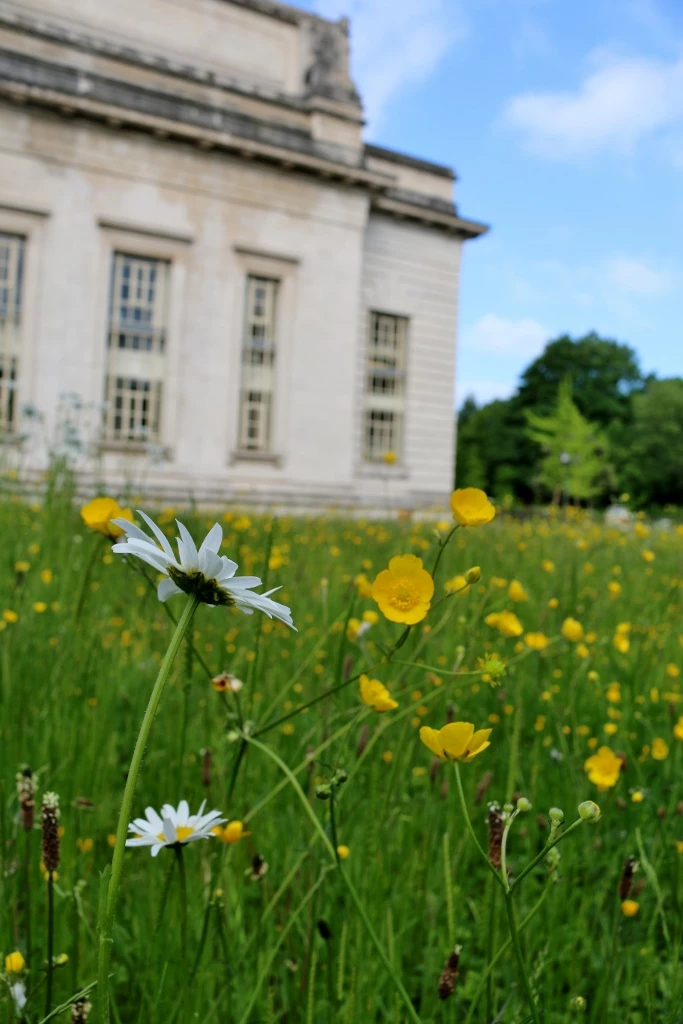Introducing the Saving Treasures, Telling Stories Project
, 30 September 2016
What’s it all about?
Archaeological collections in museums across Wales are being given a boost over the next few years by the project Saving Treasures, Telling Stories.
Focusing on items discovered by metal detectorists, its key aims include collecting and collections development, training and community engagement with local heritage and archaeology.
Saving Treasures
Hundreds of items discovered by metal detectorists are reported to PAS Cymru every year, allowing them to be recorded and made publicly accessible via https://finds.org.uk/.
In 2015, 37 of these were declared Treasure under the 1996 Treasure Act http://www.legislation.gov.uk/ukpga/1996/24/contents, many of which were acquired for local museums by Saving Treasures, on behalf of the people of Wales.
Over the next three years the project will build on this progress, hoping to foster strategic collecting by museums as well as responsible discovering and reporting by metal detectorists.
It will provide training to museum professionals and volunteers to equip them with the skills and knowledge to best collect, interpret and display their treasures.
Telling Stories
Saving Treasures is not just about museums. It’s also about people, especially those who live in the communities where the treasures have been discovered.
In order to reach out to non-traditional museum audiences the project is funding up to six Community Archaeology projects, which will be run by local museums working with community groups to help interpret their collections and bring them closer to their collective pasts.
The first Community Archaeology project, called the ‘The Lost Treasures of Swansea Bay’, is run by Swansea Museum and inspired by a fantastic collection of finds made by a local metal detectorist on Swansea Bay.
Each item has a tale to tell and together they are helping archaeologists build the story of human activity in the Bay over thousands of years.
Saving Treasures is a partnership between Amgueddfa Cymru - National Museum Wales, the Welsh Museums Federation and the Portable Antiquities Scheme in Wales (PAS Cymru), and is funded by the Heritage Lottery Fund.
Keep an eye out for the next blog in what will be a continuous series of updates throughout the life of the project, to find out more about the mysterious Lost Treasures of Swansea Bay…
